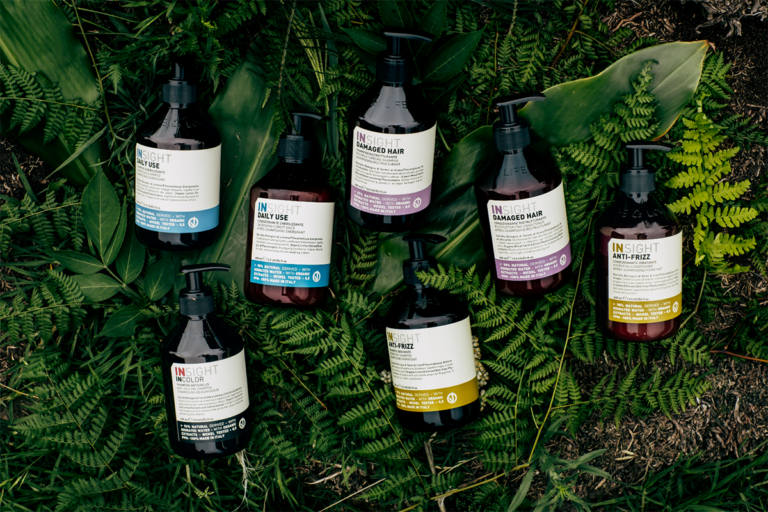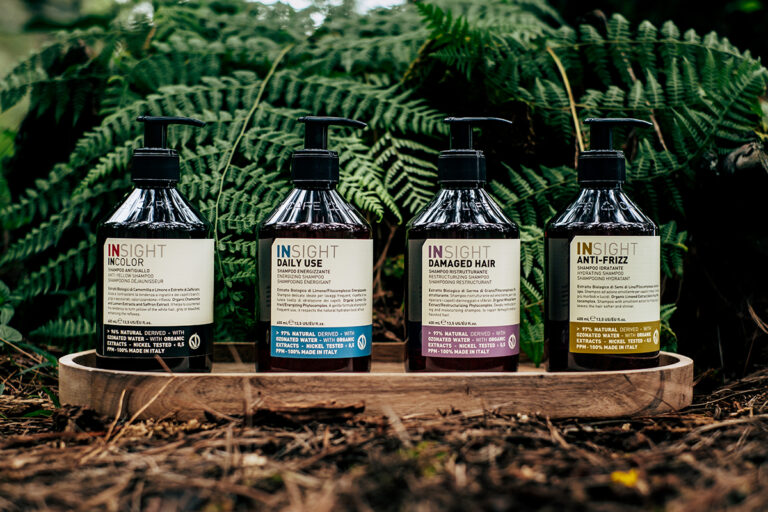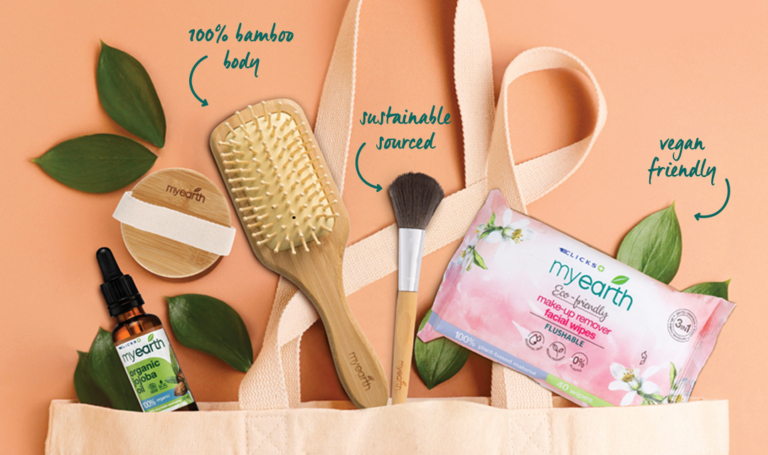You’re struggling to cover up a couple of lines and wrinkles, and you’re starting to consider Botox and filers – but what is the difference (if there is any), between the two? We chatted to Dr Maureen Allem from Skin Renewal:
Fillers
Fillers add volume to skin thinned by ageing, giving it a plumper, more youthful effect. The most commonly used fillers like Restylane, Perlane and Juvederm are made of hyaluronic acid (HA), a naturally occurring substance that plumps the skin and gives it a youthful appearance.
Fillers are used to add volume to the face. They work by filling in wrinkles and lines and plumping areas that have lost fat pads (such as the cheeks, under-eye area and temples), causing the skin to sink and sag. Fillers are used to plump up lips and hollows under the eyes and to fill in deep lines like nasal labial folds and marionette lines.
Temporary fillers last a few months, sometimes even up to a year. The results are immediate and if you don’t like what you see, they can be reversed immediately.
All injectables and fillers carry some degree of risk, but most issues arise when permanent fillers are used. In South Africa, we tend to use temporary fillers like Restylane and Juvederm that are made with hyaluronic acid. These are very safe and carry a low risk of side effects. Also, temporary fillers can be fully reversed, should there be a reaction.
Fillers should only ever be administered on the lower half of the face – never on the forehead. They can be used in the cheeks; to plump nasal labial folds, around the mouth and in the lips. Fillers can also be injected under the eyes to treat bags.
Botox
Botox relaxes muscle movement and is great for lines and wrinkles that occur due to repetitive movements. The effects of Botox are really only visible after about two weeks.
Botox is used to treat crow’s feet around the eyes, forehead lines and the “11” lines between the eyebrows. In addition, Botox can be also be used to treat excessive sweating, migraines and jaw clenching / teeth grinding.
Botox is made of botulinum toxin that’s been purified and is sterile and safe to use. It was originally given to spastic children to relax their muscles. The effect of Botox usually wears off in 3 months. However, some individuals can still notice the effects for up to 6 months.
After undergoing these treatments (Botox and fillers), avoid any kind of facial massage for about 5 days. Also, it’s best not to exercise on the day you have fillers or Botox.
Have you ever considered Botox or fillers? Share your experience in the comment box below.
If you want to ask Dr Allem something about your skin, submit a question to her on our Ask the Experts section here.
Other articles you may be interested in:
Is Botox dangerous?
How Botox affects your emotions
Botox for bruxism
Can dermal fillers help minimise loss of elasticity?
Beware of fake Botox






5 Responses
Great article. I didn’t know the difference til now.
Interesting Article. I doubt I’ll ever consider botox for the mere fact that I have a phobia of needles:)
I have had Botox. It only lasts 3 months and it is not sore.
I’ll probably consider something like this when I’m 50, even though a lot of people say ‘prevention is better than cure’. In this case, I’m really happy with my skin so I’ll keep looking after it without resorting to such extremes.
Botox looks scary 2 me!